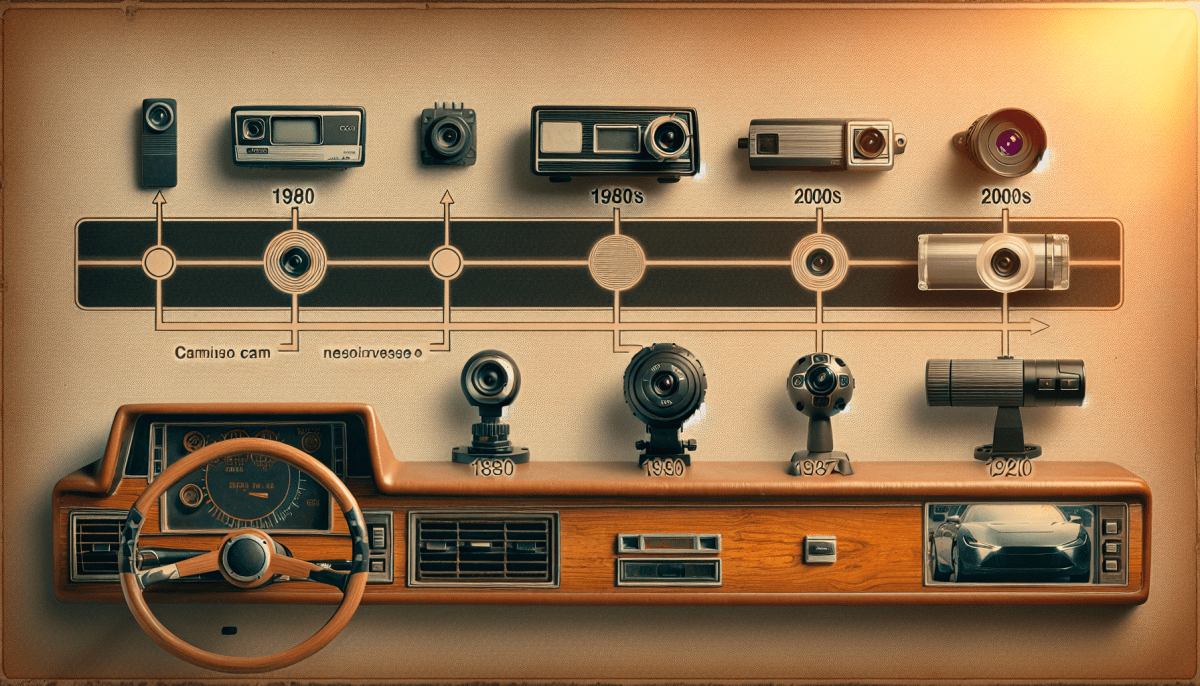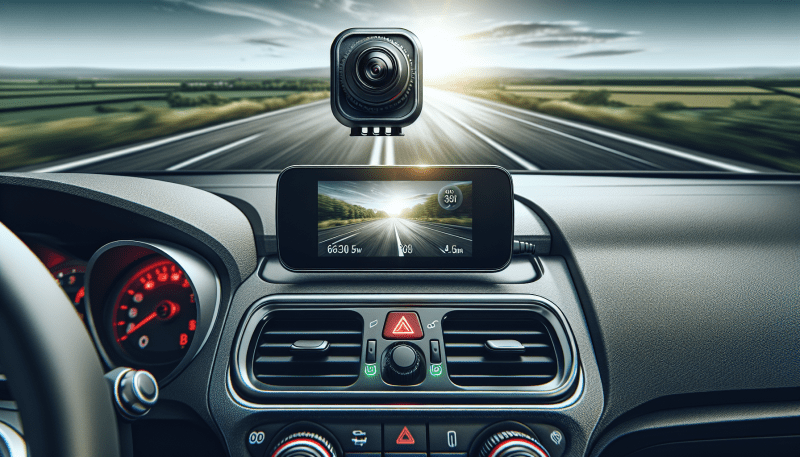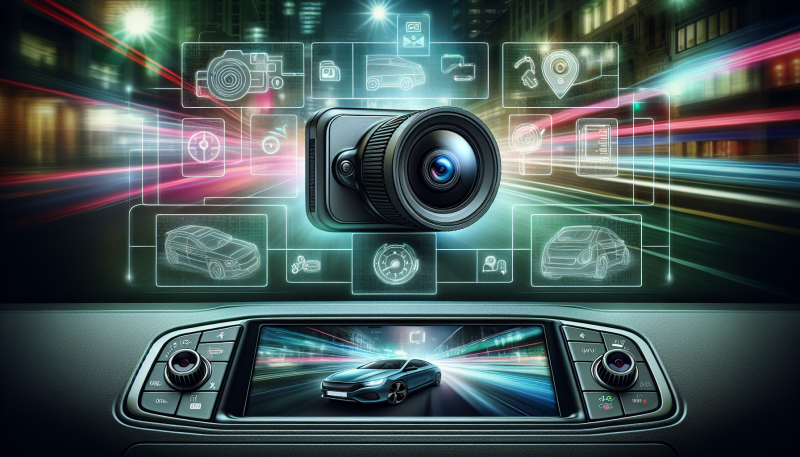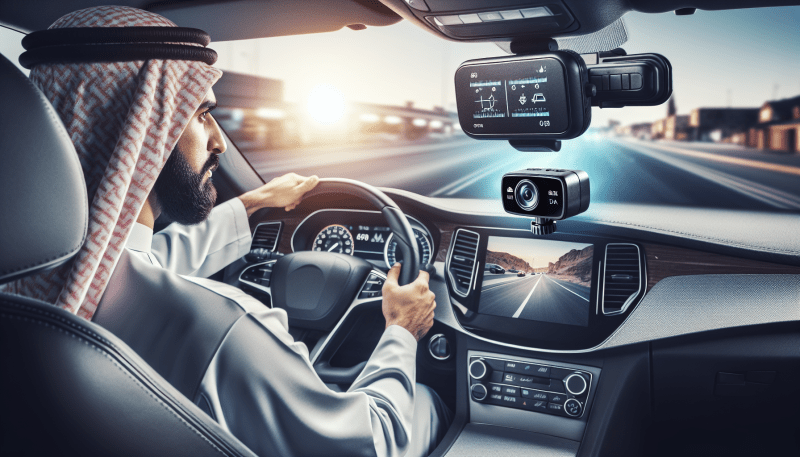Dash cams first hit the scene in the early 2000s, primarily in Japan. At that time, they were mostly used by taxi drivers to protect themselves from disputes with passengers. These early models were simple, often recording footage onto compact discs or memory cards that were tough to manage. But even with their limitations, they laid the groundwork for what would become a booming market.
As car accidents became more frequent, and insurance fraud became a reality, more drivers started to see the value in having a camera capturing their journeys. The idea of having a record in case of an accident became appealing. Soon, dash cams made their way to other countries, particularly in Russia, where they became incredibly popular due to the high number of road incidents.
In those early days, most dash cams were basic, focusing mainly on video recording. Users didn’t get all the bells and whistles we see today, like GPS tracking, night vision, or smartphone connectivity. But still, they did a great job of providing peace of mind. It was a simple yet effective solution for keeping drivers safe on the road.
With the rise of social media and online sharing, the appeal of dash cams grew even more. Drivers started uploading their wild road adventures and shocking accidents, showcasing the need for protection while driving. This strong demand pushed manufacturers to innovate, leading to the advanced dash cams we know and love today.
Key Features Everyone Wants
When it comes to dashboard cameras, there are a few key features that everyone seems to be on the lookout for. Whether you’re a daily commuter or a road trip enthusiast, having a reliable dash cam can make your driving experience smoother and safer.
One major feature that folks love is high-resolution video quality. Nobody wants a grainy recording when they need clear evidence from a dash cam. Look for cameras that offer at least 1080p resolution so you can capture every detail on the road, whether it’s day or night.
Another important aspect is the wide-angle lens. A wider field of view means more of the road and surroundings will be captured, which is especially useful for documenting accidents or unusual events. Options that provide a 140-degree angle or more can really make a difference.
Don't overlook the loop recording feature. This ensures that your camera constantly records over old footage, so you never have to worry about running out of space. It’s like having an endless supply of video backup, which can be a lifesaver in busy driving scenarios.
Lastly, consider models with GPS tracking. Having location data can add an extra layer of evidence if an incident occurs. Plus, it can help you keep track of your driving routes, which is useful for both personal and business use.
How Technology Changed Dash Cams
Dash cams have come a long way since their early days. Initially, these devices were simple cameras that recorded what was directly in front of your vehicle. They had basic features and were primarily used for insurance claims or to capture accidents. Fast forward to today, and technology has completely transformed how we use dash cams!
One of the biggest changes is the quality of the footage. Modern dash cams now come with high-definition capabilities, allowing drivers to capture crystal-clear videos. You’ll find models that shoot in 4K resolution, ensuring that every detail on the road is visible, which can be crucial if you ever need to provide evidence after an incident.
Another fun addition is the range of smart features that have popped up. Many dash cams now include GPS, which tracks your location and speed. Some even come with driver assistance features, alerting you to potential hazards, lane departures, and even helping with parking. These smart gadgets can really make your driving experience safer and more convenient.
Plus, let’s not forget about app integration! Many dash cams can now connect to your smartphone via Wi-Fi. This means you can easily access your footage and share it instantly through an app. It’s super handy for when you want to show off your road trip adventures or need to send a quick video to your insurance company.
Lastly, with the rise in demand for dash cams, we’ve seen a significant drop in prices. What used to be a luxury item has now become affordable for the average driver. You can find great options without breaking the bank, making it easier than ever to have peace of mind while on the road!
Future Trends in Dash Cam Design
As we move forward, the design of dash cams is set to evolve in exciting ways. We're already seeing a shift from basic recording devices to more advanced tech that enhances utility. For instance, many new models now feature integrated GPS systems, allowing for precise tracking of your travels. This isn't just about capturing footage anymore; it's about providing context and details that matter.
Another trend we can expect is the rise of AI integration. Imagine a dash cam that can recognize obstacles on the road, giving you alerts if you're drifting out of your lane or warning you about potential collisions. This technology is becoming more accessible, and it's not just for high-end models anymore. It can add an extra layer of safety for everyday drivers.
We're also likely to see improvements in video quality. As technology advances, dash cams will offer sharper, clearer footage, even in low-light conditions. Many brands are focusing on 4K resolution, which doesn't just capture more detail; it can make all the difference in proving your side of the story in case of an accident.
Lastly, expect a shift toward more user-friendly designs. Features like mobile app integration for easy video sharing and cloud storage are becoming common. With interfaces that are intuitive and simple, you'll be able to access your footage anytime, anywhere, without hassle. It’s all about making the experience smoother for everyone on the road.



